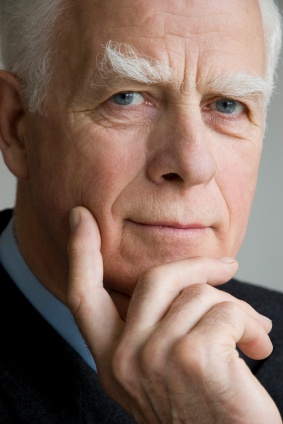Succeeding as a leader requires hard work, intelligence, determination, and luck. While those may be important, it turns out they may not even approach the impact of one other key dimension: executive presence.
In a recent study conducted by Sylvia Ann Hewlett and a team of researchers at the Center for Talent Innovation, the senior leaders surveyed listed executive presence — being perceived as leadership material — as the essential factor in determining who gets ahead in an organization.
According to a summary by David Burkus for smartblogs.com, the study surveyed 18 focus groups, 4,000 college-degree professionals, 50 personal interviews and 268 senior-level executives and concluded that leadership positions are most often given to those who look the part. Attributes such as hard work and past performance are important, but the study’s biggest finding was that executive presence is a requirement for top leadership positions.
But what exactly is executive presence?
Hewlett and her team deconstructed executive presence by defining the three components that help a leader look the part:
Communication. Excellent speaking skills, active listening and assertiveness are required skills for leaders. In addition to interpersonal communication, leaders need the ability to read an audience or situation and craft the appropriate response. Perhaps that’s why 28% of senior executives agreed that communication predicts your leadership potential.
Appearance. Looking polished and put together was found to be an important element of presence. While only 5% of senior leaders considered it to be a key factor, every leader surveyed recognized appearance for its potential to derail high-potential talent.
Gravitas. Leaders with executive presence must project confidence. In high-pressure situations, members look to their leader for confident, decisive action. Keeping one’s poise under stress is vital for those in senior leadership, which is why two-thirds of the leaders surveyed agreed that gravitas was the core characteristic of executive presence.
Hewlett notes that the study’s findings have some interesting implications for developing women and multicultural professionals into senior leaders. While the traditional explanations like work/life balance or a lack of available high-level mentors were seen as reasons for the talent gap among these potential leaders, the survey also found that the impact of executive presence may play a role as well.
Women and multicultural professionals felt they were held to a stricter standard and tended to feel a higher intrinsic tension between remaining true to oneself and assimilating with the dominant organizational culture. Over 80% of women and people of color said they were unclear as to how to act on feedback about their own executive presence. In addition, 56% of people of color felt they were held to a stricter code of executive presence than the average organizational member.
Potential leaders should examine this study’s implications for their own development. Ask yourself: How well are you demonstrating poise under pressure? Is your appearance polished and put together? Can you effectively read an audience and communicate your ideas?
